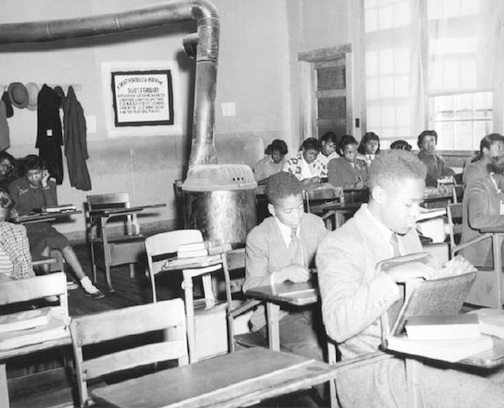
December 2011 Archives

There is a crisis in education. This state of crisis in the schools is not new. The minority populations have felt this for a very long time. In 1972, I began to chronicle the events in the school, as parent involvement became an issue. And now in retrospect, I can see that the idea of public education as a big business and its failure to produce a marketable product is not new; nor is the inability of our students to pick up the ladder of social and economic mobility, which rests horizontally at the base of all walls that surround the inner city.
In 1964, Martin Luther King warned us about partially educating youth in the following statement: "huge masses are left handicapped in the shadows of ignorance and submerged in second class status."
"We are told of one stunning educational success after another, with ever more children passing the standardized tests. But in reality, the city's public school students, particularly those students of color in inner city neighborhoods, are receiving a less than quality education." --Education Planning Council Of Harlem, N.Y., July, 2006.
"The system still fails to educate its African American and Latino students to the degree that they are ill-equipped to compete, academically and intellectually, with children of other racial and ethnic groups, attending schools in other neighborhoods. Our children are graduating at too low a percentage, we can also say poorly prepared for the challenges of higher education and fulfilling, lucrative new millennium careers."--Education Planning Council Of Harlem N.Y., July 2006.
National Assessment of Educational Progress: In 2007, there has been "no significant change in the average scores for Black, Hispanic ... students compared to 2003 and 2005." --Jackie Bennett Edwize Nov. 22, 2007 "T.U.D.A. and D.O.E. Response -Part II".
These statements are not new. Our youth are in crisis. And the educational system is in crisis. This means that we need to look for ways to end the cycle of failure, which is systemic throughout the impoverished inner city communities. Everyone should be involved in the process of ameliorating this situation. If not, that is the problem.
Since one size does not fit all, we should certainly try to look at exemplary programs for our schools, which will work. Of course, there are success stories whenever these programs work and enable students to reach their academic potential. Nevertheless, we are constantly assessing the progress of students and tailoring instruction to meet their needs. The hours spent by effective teachers are incalculable. But at least as educators, we try because we are dealing with human lives. We try, because the alternative of not trying is too costly, as prisons await those children who have failed to become productive citizens. We try, because the school to prison pipeline is a reality for far too many of our students, as police in our schools takeover the role once reserved for teachers and administrators.
Educators in N.Y.C. public schools know that smaller class size is a priority; adequate resources are a priority; staff development is a priority; and parent participation is a necessity. We know that we need highly qualified teachers, paraprofessionals, social workers, guidance counselors, psychologists, mentors, administrators, and union leaders. Surely, the schools that have the aforementioned cadre of professionals are fortunate.
However, it is unfortunate that N.Y.C. has left parents and teachers out of the decision making process for too long. Therefore, I applaud any positive effort that is being made on behalf of children in N.Y.C. Certainly, we have a long way to go. But we must pull out all stops to make this broken system work.
N.Y.C. Public School System was once a viable force for its earliest immigrants, like Henry Kissinger, who attended George Washington High School at night and worked in a shaving-brush factory during the day. Today, the N.Y.C. Public Schools must work for all of its students, again. Arthur Eisenberg is right: "The state must seek to break the cycle of discrimination and disadvantage". Certainly, the future of America, as a strong nation, depends on it.
